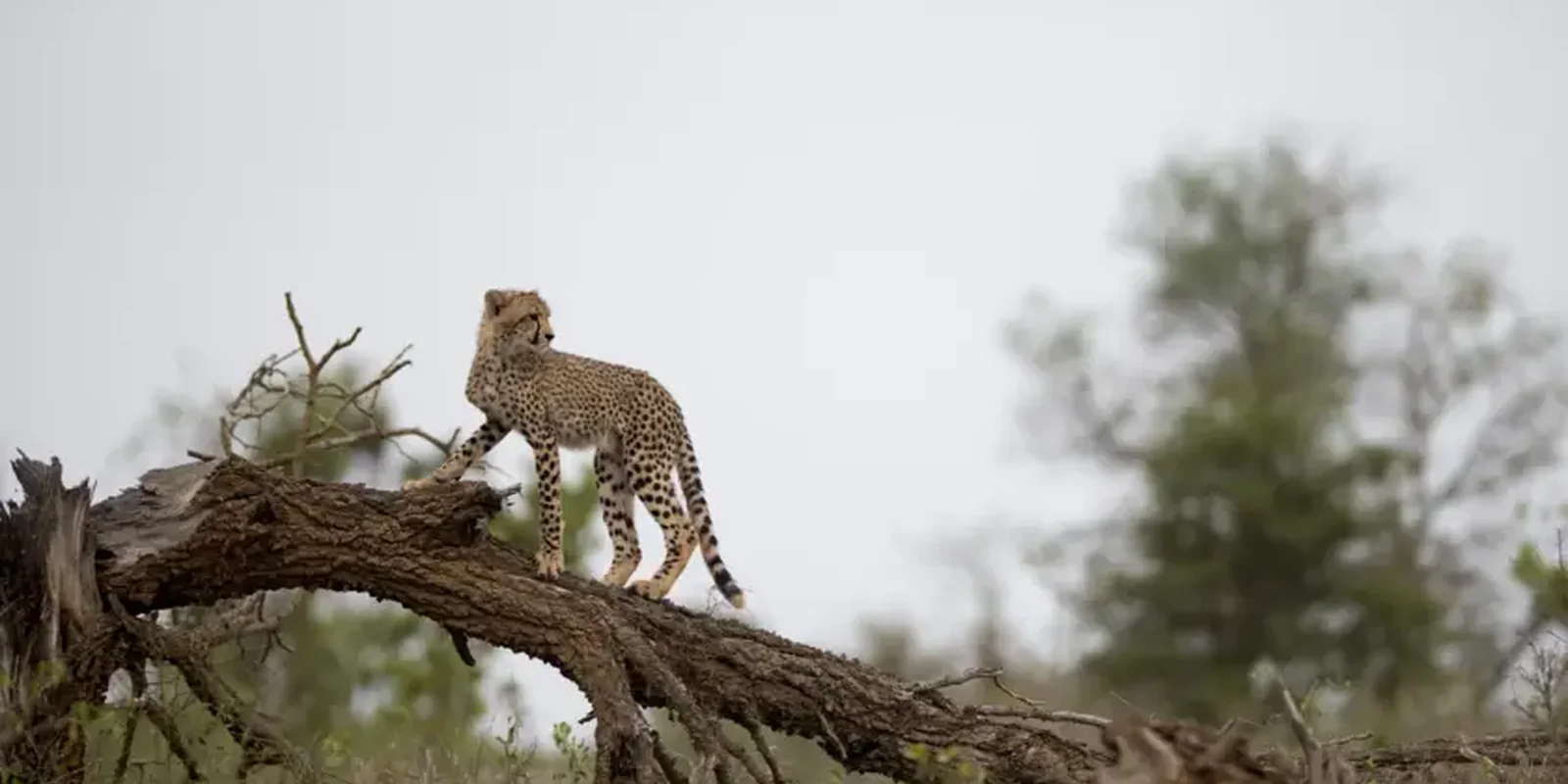
|
Getting your Trinity Audio player ready...
|
Reintroducing Cheetahs in India, a Historical Leap
In a bold and pivotal move towards preserving biodiversity, India sometime back took a groundbreaking initiative to reintroduce cheetahs to its landscapes after an absence spanning several decades. This visionary project signified a monumental moment in the nation’s conservation efforts, signalling a concerted endeavour to revive its illustrious wildlife heritage. Cheetahs, once native to the Indian subcontinent, faced extinction due to various factors. However, recognising the ecological importance and symbolic significance of these majestic predators, India has taken proactive measures to reintroduce them into their former habitats.
The reintroduction of cheetahs holds immense ecological significance, as these apex predators play a crucial role in maintaining the delicate balance of ecosystems. Moreover, the return of cheetahs to Indian landscapes serves as a beacon of hope for wildlife enthusiasts and conservationists worldwide. It symbolises a collective commitment to preserving biodiversity and underscores the importance of safeguarding endangered species for future generations. Through meticulous planning, habitat restoration, and extensive stakeholder engagement, India aims to ensure the successful reestablishment of cheetah populations in select protected areas across the country.
Gandhisagar Wildlife Sanctuary, an Ideal Habitat
Gandhisagar Wildlife Sanctuary has become the heart of this project, giving Madhya Pradesh tourism significance on the map as a premier destination for wildlife enthusiasts and conservationists alike. Gandhisagar Wildlife Sanctuary emerges as the chosen abode for India’s cheetahs. With its diverse ecosystems ranging from dry deciduous forests to grasslands, Gandhisagar provides an ideal habitat for these magnificent predators to thrive and flourish.
Cheetahs’ Arrival at Gandhisagar
After extensive planning and meticulous coordination, the first batch of cheetahs embarked on their journey to Gandhisagar Wildlife Sanctuary, heralding the beginning of a new chapter in India’s wildlife conservation endeavours. Months of preparation preceded the momentous occasion, with wildlife experts, conservationists, and government officials working tirelessly to ensure the successful relocation of these magnificent predators. Every detail, from transportation logistics to habitat preparation, was meticulously planned to guarantee the cheetahs’ smooth transition to their new home.
Upon their arrival, the cheetahs were carefully introduced to their new surroundings, allowing them to acclimate to their unfamiliar environment at their own pace. Conservationists closely monitored them ensuring their well-being and providing support as needed during this critical period of adjustment. With the cheetahs now settled into their new home, Gandhisagar Wildlife Sanctuary stands poised to become a vital hub for cheetah conservation and research in India. As these iconic predators roam the sanctuary’s landscapes once again, they embody the resilience and spirit of India’s rich wildlife heritage, inspiring future generations to cherish and protect the natural world.
Tracking the Cheetahs’ Adaptation
As the cheetahs settled into their new home at Gandhisagar Wildlife Sanctuary, researchers and conservationists embarked on a comprehensive monitoring program to track their adaptation to the diverse landscape. With meticulous attention to detail, experts observe every aspect of the cheetahs’ behaviour, seeking to understand how they navigate and thrive in their new environment.
Cheetahs are known for their vast home ranges, and researchers are keen to observe how they establish and define their territories within the sanctuary. By mapping their movements and territorial boundaries, researchers gain valuable insights into the cheetahs’ spatial requirements and habitat preferences. In addition to territorial behaviour, researchers closely monitor the cheetahs’ hunting patterns and prey selection. By studying their hunting behaviour, conservationists can assess the impact of cheetah reintroduction on prey populations and ecosystem dynamics.
As the cheetahs adapt to their new surroundings, conservationists also evaluate their interactions with other wildlife species in the sanctuary. Throughout the monitoring process, researchers employed a variety of techniques, including GPS tracking, camera traps, and direct observations, to gather data on the cheetahs’ behaviour and movements. The insights gained from tracking the cheetahs’ adaptation serve as invaluable tools for wildlife management and conservation planning.
What Lies in the Future for India’s Cheetahs
Looking ahead, the journey of India’s cheetahs at Gandhisagar Wildlife Sanctuary holds immense promise. With ongoing research, habitat restoration efforts, and community engagement, the sanctuary aims to ensure a sustainable future for these magnificent felines and the ecosystems they inhabit.
As visitors explore the Gandhisagar Wildlife Sanctuary, Gandhisagar Forest Retreat, proves to be the ultimate abode for them, they not only immerse themselves in the wonders of nature but also emerge as passionate advocates for conservation. Through their exploration of these pristine landscapes and their interactions with local communities, visitors play a pivotal role in promoting environmental conservation and protecting the natural heritage of places like Mandsaur.
For those seeking adventure, Gandhisagar Forest Retreat offers thrilling activities such as jungle safaris, birdwatching expeditions, and nature treks, allowing guests to experience the sanctuary’s natural wonders up close. Gandhisagar Forest Retreat serves as a hub for environmental education and conservation awareness, offering workshops, seminars, and interactive sessions on wildlife conservation and sustainable living practices. Through these initiatives, guests not only gain a deeper understanding of the importance of preserving India’s biodiversity but also become empowered to take action as stewards of the environment.





